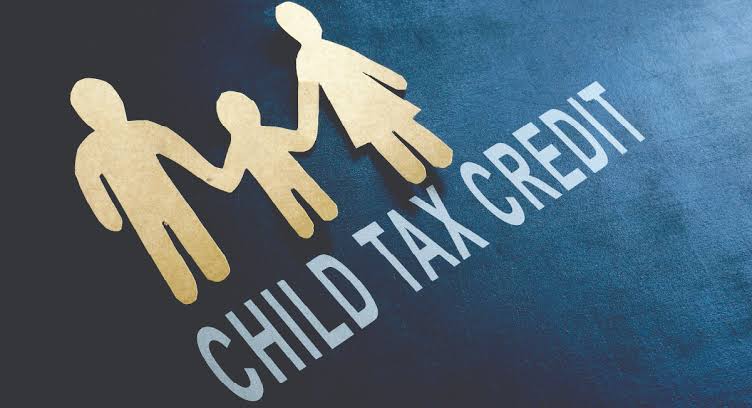
And many American families with modest incomes and children struggled to get adequate food after the benefits expired. After the Child Tax Credit payouts ceased on January 15, 2022, food insufficiency significantly increased between January and July, reaching around 25%. According to experts from Boston University School of Public Health (BUSPH) & Boston Medical Center, Black families, Hispanic families, Indigenous families, and immigrant families were particularly heavily hit (BMC).
Benefits Related To The Child Tax Credit
The rise in food inadequacy, according to the researchers, is a critical issue. According to a university news release, growing children are most affected by poor nutrition in terms of their health and general well-being. According to study author Allison Bovell-Ammon, director of policy & communications at BMC-based Children’s HealthWatch, “This significant rise in food deficiency among families who have children is especially worrying for child health equity, as child health, development, & educational results are strongly connected to their family’s ability to afford enough food.” Even brief episodes of deprivation throughout a child’s formative years can have an influence.
Benefits related to the Child Tax Credit were included in President Joe Biden’s American Rescue Plan. It provided up to $3,000 for every child between the ages of 6 and 17 & up to $3,600 for younger kids to about 92% of American households from July to Dec 2021. Monthly checks were used to disperse half of the funds.
Decrease In Food Insecurity
In 2021, the elongated tax credit resulted in a 26% decrease in food insecurity. But at year’s end, Congress decided not to extend the tax benefit. To calculate the impact of the current study, the researchers analyzed data from the US Census. Between July 2021 and July 2022, they examined the demographic traits, employment, social support, and food inadequacy of approximately 600,000 families. Unsurprisingly, low-income households experienced the biggest increases in their inability to afford food after the advance payments stopped. It was particularly noticeable in the spring when many families had probably used up all of their available tax credits reports USNews.

